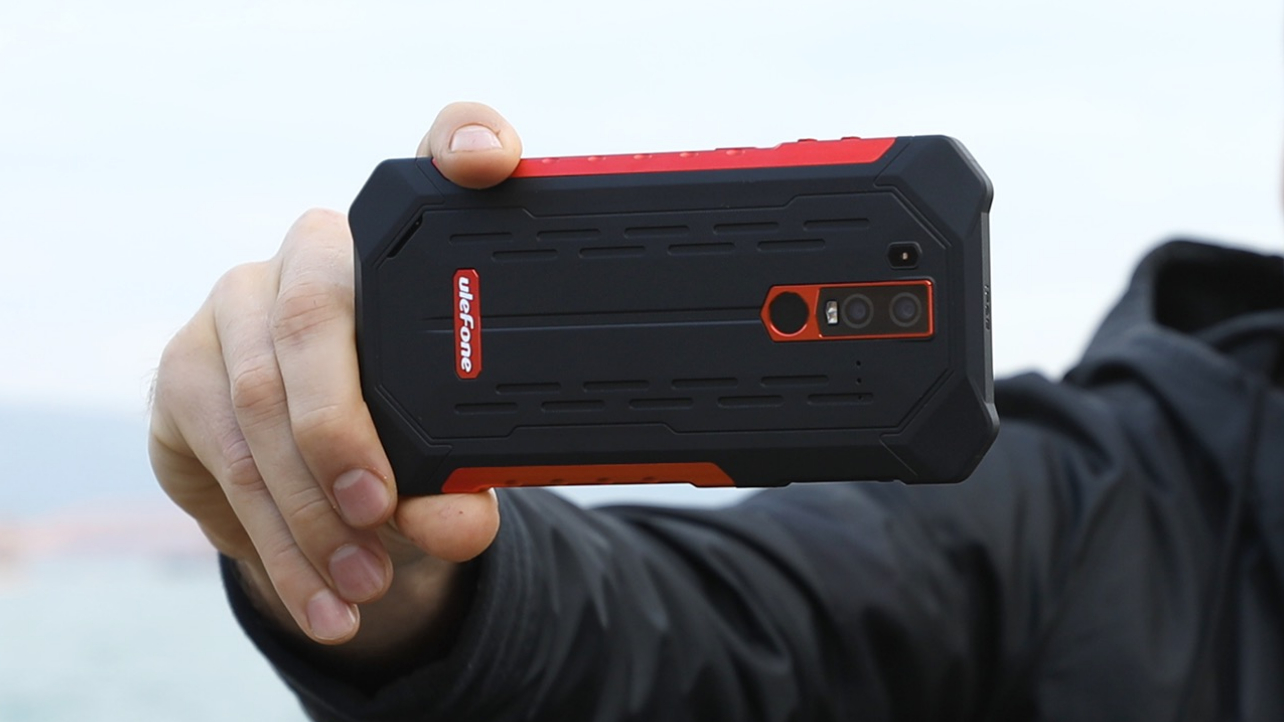TechRadar Verdict
The Ulefone Armor 6 is pretty much your best choice right now if you want a powerful IP68-rated smartphone with plenty of character and stock Android. But that will probably only remain true until the Doogee S90 launches.
Pros
- +
Good value for money
- +
Plenty of storage space and power
- +
Stock Android
Cons
- -
Fingerprint sensor is a nightmare
- -
No dedicated camera or SOS buttons
- -
Lacks a 3.5mm headphone socket
Why you can trust TechRadar
Ulefone is one of the established players in the rugged smartphone market, an arena which, over the years, has witnessed the arrival of dozens of new brands – most of which have failed to stick around. Ulefone, though, has persevered and the Armor 6 is the fifth Armor phone we’ve reviewed. There is no Armor 4 as that number is considered unlucky in China.
Online Chinese retailer, Gearbest, sells the Ulefone Armor 6 rugged smartphone for $319.99, a 10% drop since we reviewed it. Note that. Note that, while this price includes delivery, it is exclusive of any taxes that may be levied by HMRC or the courier companies on behalf of the vendor. Want to buy tech from online Chinese retailers? Read this first.
With wireless charging, a Full HD+ display with a layer of Gorilla Glass 5, IP68 certification and a dual lens camera, this handset aims to be a powerful smartphone at an affordable price, and a rugged mobile that punches above its weight.
Design
Available in red or black color schemes, the Ulefone Armor 6 is yet another iteration on the various rugged designs we’ve encountered over the past three years. There’s a common theme, though: the chassis is a mix of metal and plastic, and it’s a rectangular slab with the four corners chopped off, with rubber flaps protecting the various ports.

There’s one for the USB Type-C port at the bottom, and one that covers the hybrid SIM tray (two SIM cards with an optional microSD). The flaps are a bit of a pain to open, especially if you intend to do this daily, which is where the wireless charger comes into play.
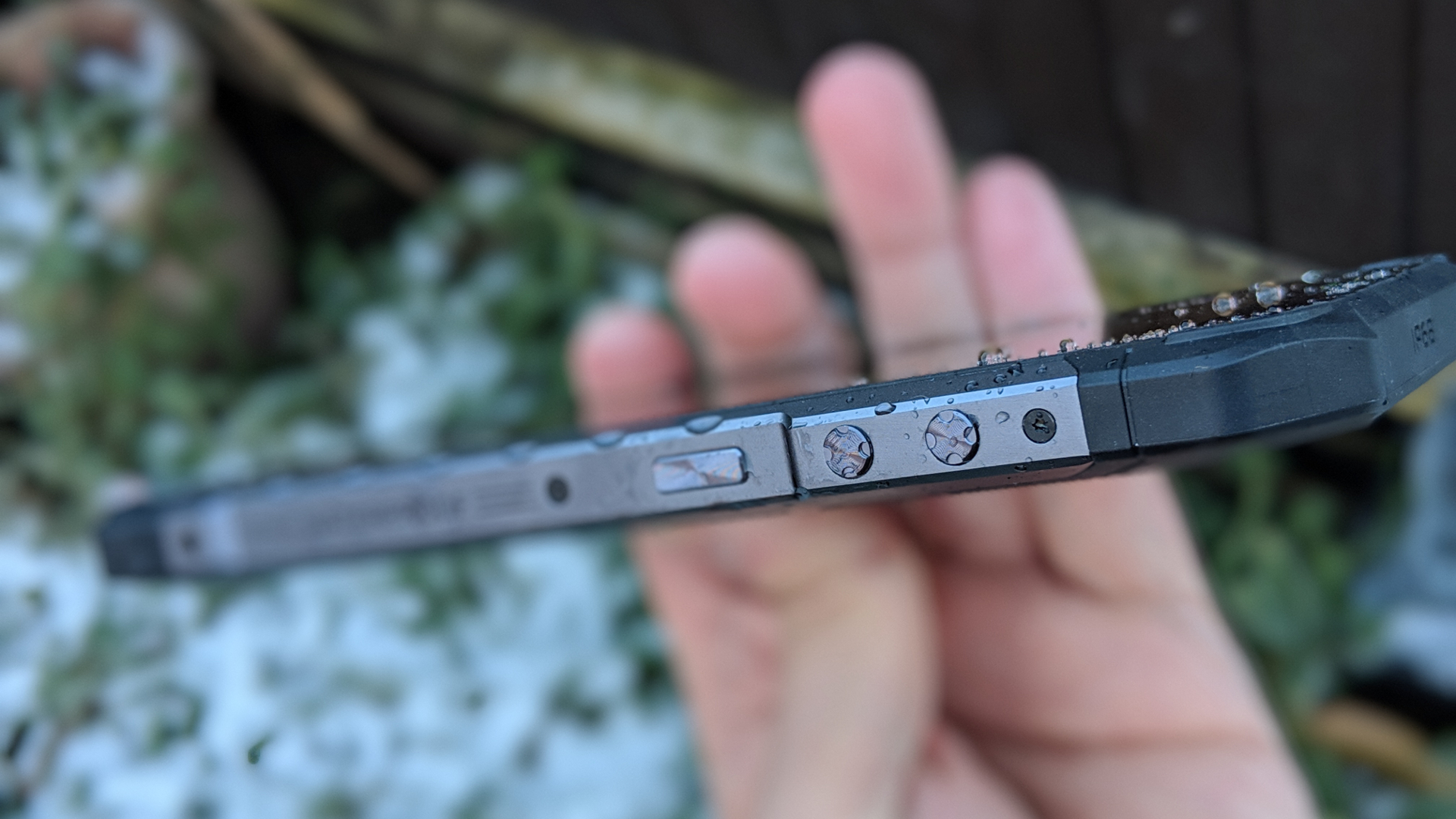
Other than the power button and the volume buttons on one side, there are no dedicated camera or SOS/emergency buttons as you’d find on quite a few rugged rivals. There’s an option for SOS calls, though, accessible by long-pressing the volume down button. The problem is that many will just assume that this option is not available on the Armor 6.
There’s no audio socket either, and while you get a headphone adaptor bundled, this may irk prospective professionals who already have legacy headsets or audio accessories that require a physical input.
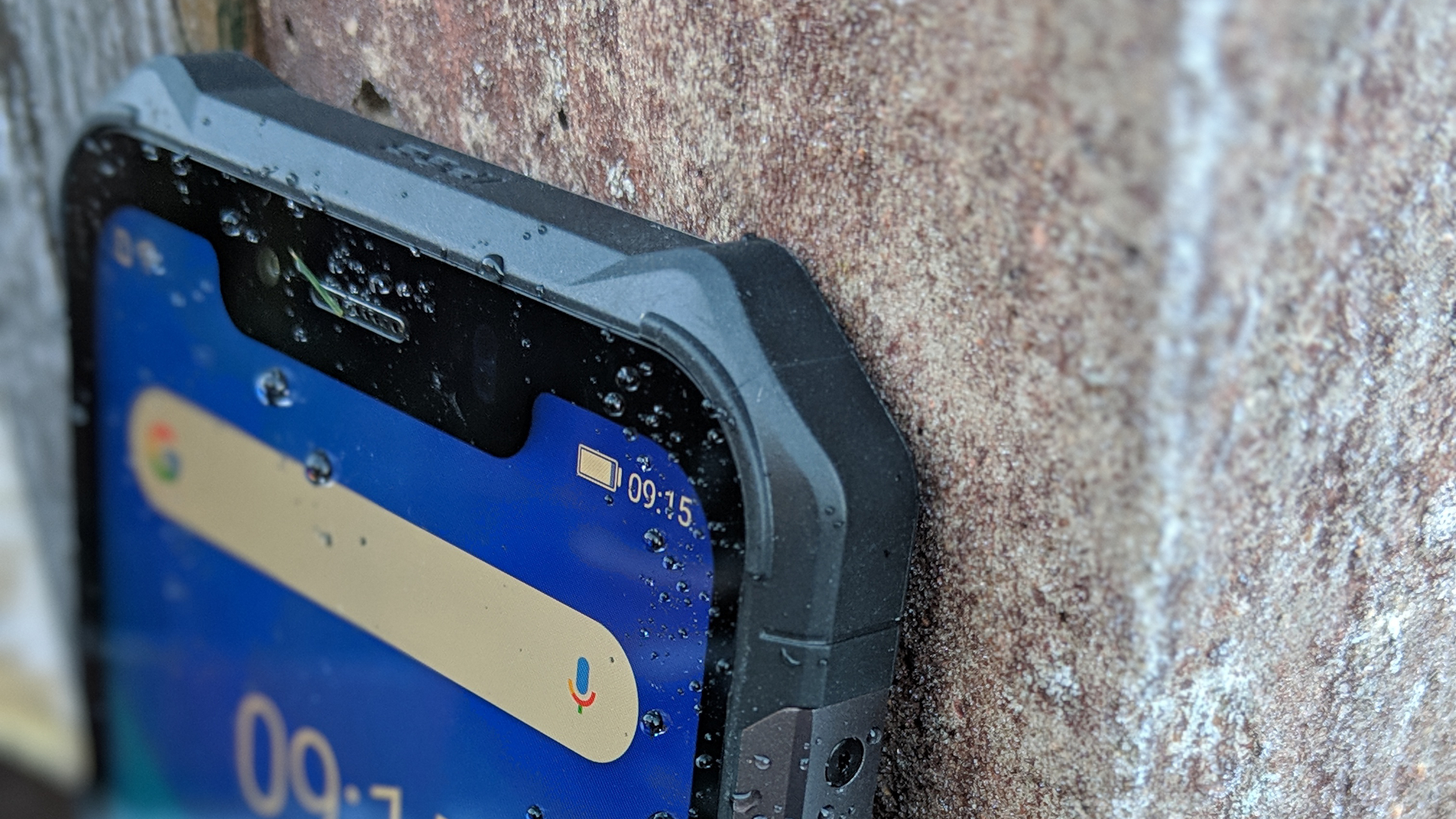
The screen is a large 6.2-inch affair with an 18:9 aspect ratio and a Gorilla Glass 5 layer on top, plus a notch. It’s oleophobic but frankly we’ve seen better implementations. At 266g with dimensions of 166 x 84 x 12.2mm, it is surprisingly light for a device of this size. Note that it is certified IP68, IP69K and MIL-STD-810G against drops and the ingress of dust or water.
Sign up to the TechRadar Pro newsletter to get all the top news, opinion, features and guidance your business needs to succeed!
The rear camera boasts a pair of sensors (21-megapixel and 13-megapixel, likely to be interpolated from 16-megapixel and 8-megapixel), plus there’s a fingerprint sensor, an LED flashlight, a speaker grill and a UV sensor are present – and that’s the first time we’ve seen the latter. Whether it’s more useful than say a VOC detector or an infrared camera is debatable.
CPU: Mediatek MT6771 octa-core
GPU: Mali-G72MP3
RAM: 6GB
Storage: 128GB
Screen size: 6.2-inch
Resolution: 2,246 x 1,080
Weight: 266g
Dimensions: 166 x 84 x 12.2mm
Rear camera: 21+13MP
Front camera: 13MP
OS: Android 8.1
Battery: 5Ah
Specifications
The Armor 6 is the second phone we’ve tested that’s powered by Mediatek’s Helio P60. Like the one in the Doogee S90, this eight-core chip is clocked at 2GHz and features the Mali-G72 MP3 GPU. The P60 is also known as the MT6771 and was announced at MWC in 2018. Expect to hear about its successor at this year’s MWC 2019.
Radio support extends to 16 LTE bands and operates at LTE Cat7 for up to 300Mbps download and 150Mbps upload speeds. There’s also 6GB of RAM on-board, 128GB of internal storage, support for 802.11ac Wi-Fi, Bluetooth 4.2, GPS and GLONASS plus NFC.
The 5,000mAh battery can be charged using the bundled 18W charger (5V, 3.6A) or an optional 10W wireless Qi charger.
Here’s how the Ulefone Armor 6 performed in our suite of benchmark tests:
Geekbench: Did not run
PCMark (Work 2.0): 7,021
Passmark: 8,604
Passmark CPU: 164,757
Basemark: Did not run
Androbench (sequential): 294 (sequential read); 244 (sequential write)
Androbench (random): 92 (random read); 20 (random write)
3DMark Slingshot: 1,077
3DMark Slingshot Extreme: 779
3DMark IceStorm: 19,107
HWBot Prime: 5,675
Performance and usage
Let’s start with the bad points. The fingerprint sensor is a veritable horror show. We probably tried it a hundred times and it never detected our fingerprint on the first attempt. If you have rugged hands (to match your rugged phone), then it is likely that fingerprint detection will be less than ideal.
That said, it is likely that this phone was part of a faulty batch. Ulefone has confirmed that it will get back to us on that.
Face unlock, on the other hand, worked better, but is not as versatile as unlocking with your fingerprint (as night crawlers will attest).
Its screen is bright and the 2.43 million pixels that it packs translate into sharp fonts and icons. Like the Doogee S90, it couldn’t run Geekbench or Basemark, which is odd. Both devices had very similar results across the board and remain the fastest IP68 devices that we have tested to date, although we don’t expect this to remain the case, as the AGM X3 should be with us in the next few days.
The Armor 6 runs stock Android 8.1, and other than a game mode and the usual features associated with Mediatek devices (Duraspeed, Gesture Motion), there’s the ubiquitous ‘toolkit’ which carries a wealth of virtual tools for DIYers and handy types, from protractors to barometers and even a UV sensor as mentioned.

The competition
The aforementioned Doogee S90 remains the most obvious competitor to the Ulefone Armor 6. It is more versatile and potentially much, much cheaper. The problem? It is a Kickstarter project, so that comes with its own caveats. Still, for the price of the Armor 6, you can get the Doogee S90 with a night vision camera or a power bank. Not bad at all!
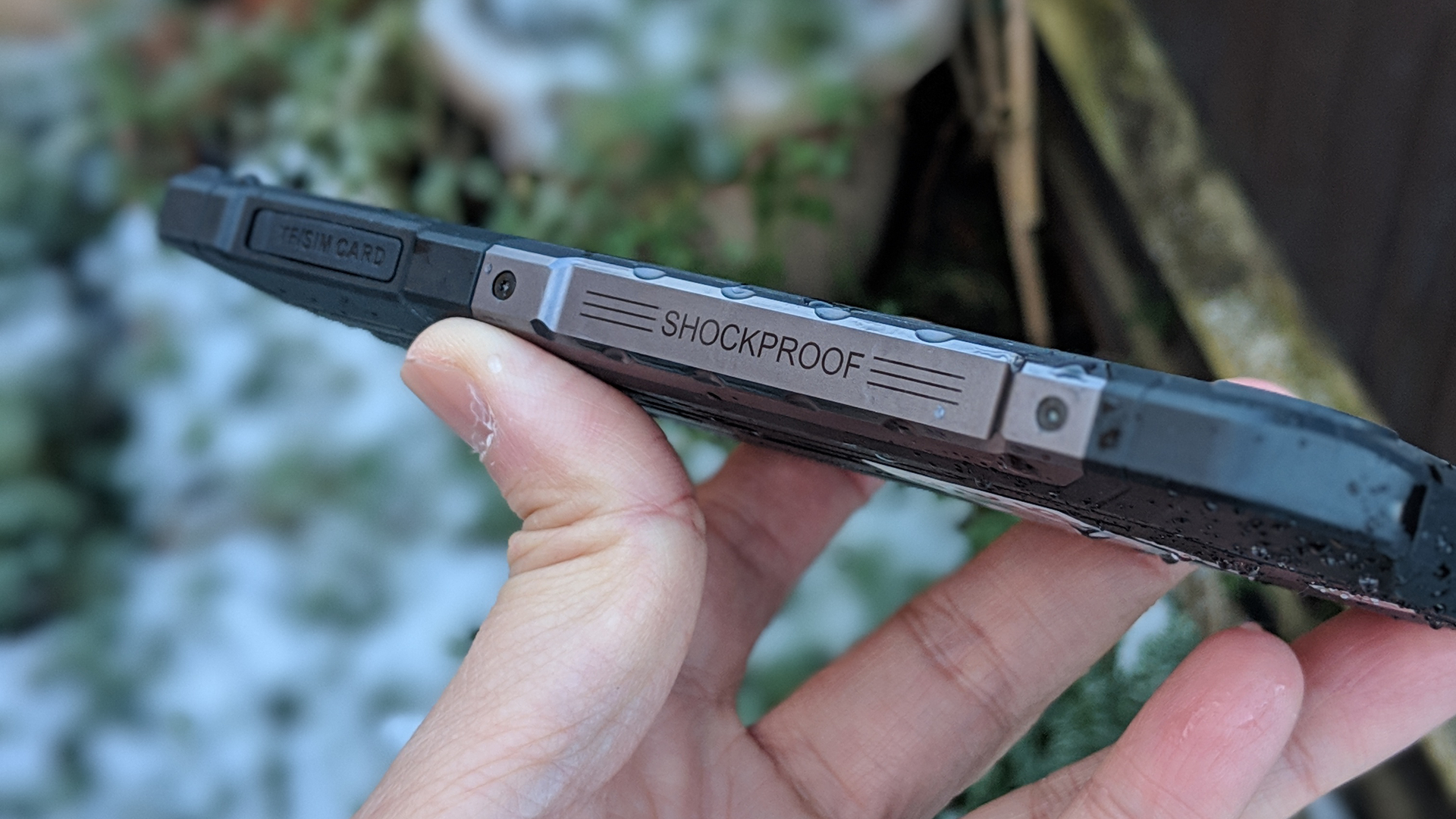
The Poptel P60 is even cheaper at $250 but, system memory, storage, and 5Ah battery aside, it lags behind the Armor 6 where it counts, having a slower CPU and no wireless charging. That said, it’s still a likable and capable device that will appeal to those on a budget.
Other devices like the Blackview BV9600 Pro smartphone or the AGM X2 Lite are far more expensive, and represent poorer value for money compared to the Armor 6.
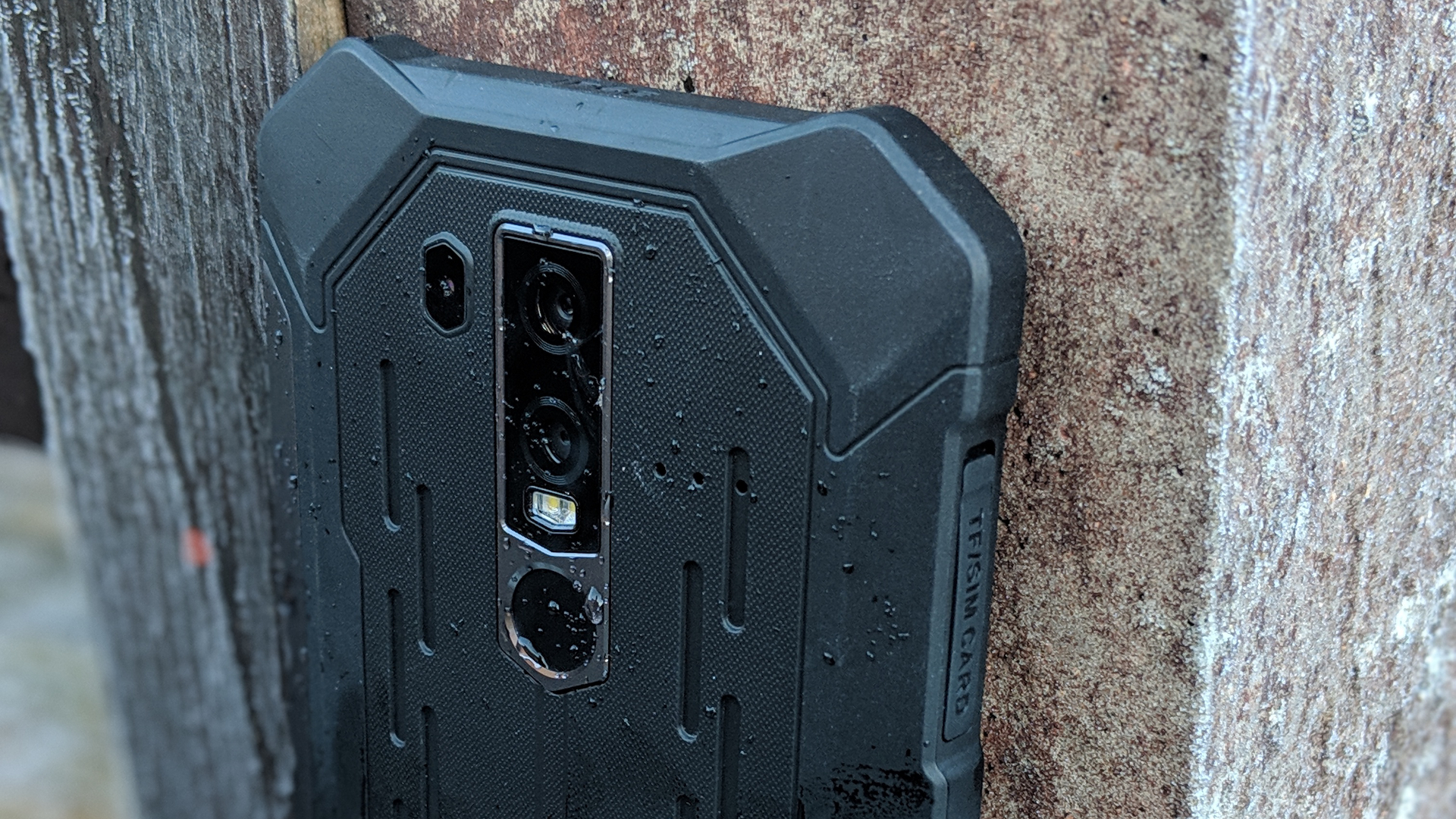
Final verdict
There’s a lot to like about Ulefone’s new flagship. It is powerful, has tons of memory and storage, along with a design that blends rugged and modern elements into an alluring product. While we can just about live with the lack of a headphone socket and dedicated buttons, the fingerprint sensor remains a massive disappointment.
So overall, the Ulefone Armor 6 is an excellent rugged smartphone with some issues. In the grander scheme of things, however, the Doogee S90 remains a superior alternative at a lower price, at least for now. And the Poptel P60 will appeal to those who don’t need something as powerful as those two handsets, and are happy to make do with a lesser processor.
- We’ve picked out the best rugged smartphones

Désiré has been musing and writing about technology during a career spanning four decades. He dabbled in website builders and web hosting when DHTML and frames were in vogue and started narrating about the impact of technology on society just before the start of the Y2K hysteria at the turn of the last millennium.
